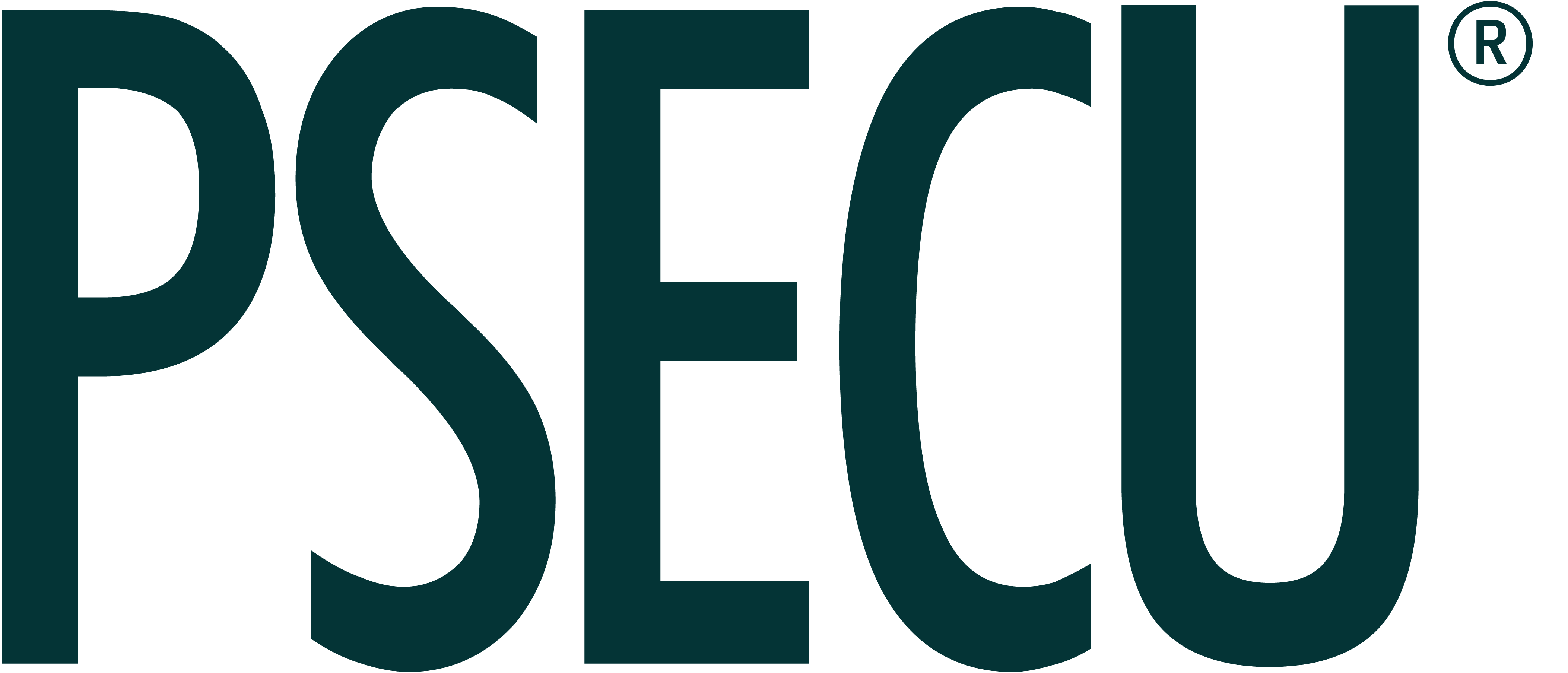While healthier diets may still cost slightly more, it’s still possible to maintain a healthy lifestyle without breaking the bank (despite the rising cost of food in America). If you’re looking to embrace healthier living, whether that means changing your diet or becoming more active, you can do so without breaking the bank.
Make a Meal Plan
One way to improve your diet on a budget is to create and stick to a meal plan. Meal planning can help you save money in a few ways. First, it encourages you to use what you already have in your fridge and pantry, minimizing food waste. Second, when you have meals prepped and ready to eat, you’ll be less likely to order takeout when hunger strikes.
When you make a meal plan, you can get the most from your ingredients by choosing meals that allow you to use leftover components as part of your next day’s meal. For example, if you make rice to eat with a curry for dinner one night, double the amount you’ll need for that meal. You can use the leftover rice the next day in a different dish, such as a vegetable stir fry.
Shop with a List
If you plan your meals weekly, making a grocery list before heading to the supermarket will be easier because you’ll know exactly what you need. Shopping with a list is an example of a sound financial habit. With a list in hand, you’ll be more apt to stick to it instead of throwing items into your cart on a whim.
Before making your meal plan, take a peek at what’s in your refrigerator and pantry so you can choose entrees and sides that can be made using ingredients you already have. You can also read your grocery store’s sales flyer and look at what coupons you have available to help you decide what should be on the menu for the week.
Buy Economical, Healthy Foods
Some of the healthiest foods are the least expensive. Even if you’re following a particular diet, such as a vegan diet, it’s relatively easy to find budget-friendly items. The trick is to look for whole, unprocessed foods.
The grocery store’s outer aisles are where you’ll find fresh produce and meat. The inner aisles usually contain more expensive, processed foods such as crackers, cookies, and cereals. Don’t entirely discount these aisles, though, as they often have budget-friendly options such as canned vegetables and dried beans. If you’re particularly budget-conscious, canned or frozen vegetables can help you enjoy the health benefits of fresh produce at a lower cost.
A few examples of healthy, inexpensive foods include:
-
Eggs
-
Dried beans
-
Whole-grain pasta
-
Brown rice
-
Oatmeal
-
Canned tomatoes (sauce, whole, or diced)
-
Carrots
-
Apples
-
Bananas
-
Onions
-
Garlic
-
Oranges
Exercise for Free
Diet is just one part of a healthy lifestyle. Physical activity is another essential component. While you may think you need to pay for a gym membership or studio fitness class, it’s possible to reach your physical fitness goals without spending a dime. If you own a pair of sneakers or a bike, it won’t cost you anything to go for a run or ride outside. Bodyweight exercises such as planks, burpees, and sit-ups can also be done at home.
The Internet is a great resource when it comes to low-cost activities that can help you get motivated. Whether you’re looking to try Pilates, power yoga, or high-intensity interval training (HIIT), you’ll likely find plenty of free fitness videos online. You can try several before settling on an exercise style or instructor you like.
Finding ways to move more throughout the day can also help you reach your physical activity goals without spending money. Use the stairs instead of the elevator or escalator. Or, choose a parking spot that’s further from the entrance to a store, and walk to the door if you can.
Get a Workout in While Doing Housework
The chores you need to do around your house give you the perfect excuse to get fit without spending extra money. When you vacuum, put on some music, and turn the mundane task into a dance party. You can also try doing lunges or taking extra-wide steps as you vacuum to get a leg workout in. If you have wrist weights, wear them when dusting or folding laundry to work your arms.
If you have outdoor space, working in your garden or mowing the lawn with a push mower are two additional, budget-friendly ways to get some exercise in. When you use a push mower, you combine cardio with strength training. Gardening helps with flexibility and also builds strength.
Learn About More Ways to Save with PSECU
Want more tips to help you live a healthy lifestyle without breaking your budget? Visit our Resource Center.
The content provided in this publication is for informational purposes only. Nothing stated is to be construed as financial or legal advice. Some products not offered by PSECU. PSECU does not endorse any third parties, including, but not limited to, referenced individuals, companies, organizations, products, blogs, or websites. PSECU does not warrant any advice provided by third parties. PSECU does not guarantee the accuracy or completeness of the information provided by third parties. PSECU recommends that you seek the advice of a qualified financial, tax, legal, or other professional if you have questions.

